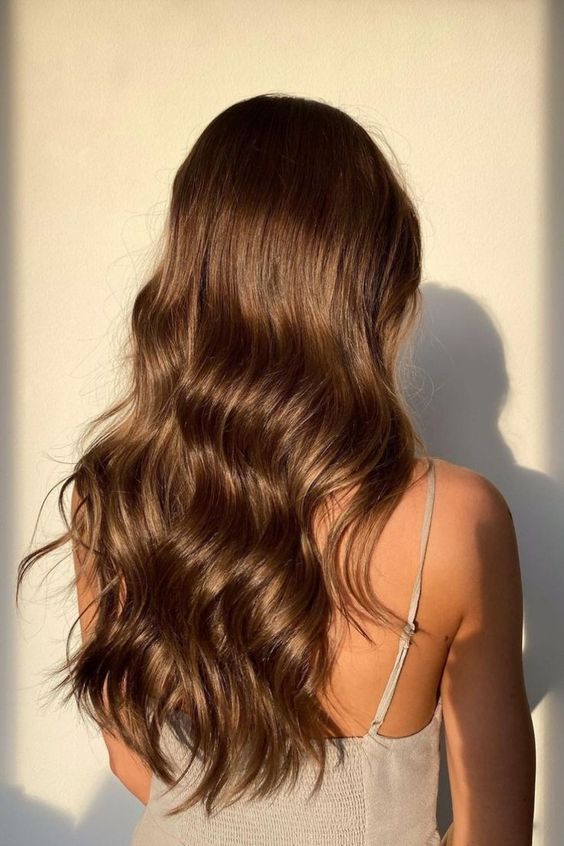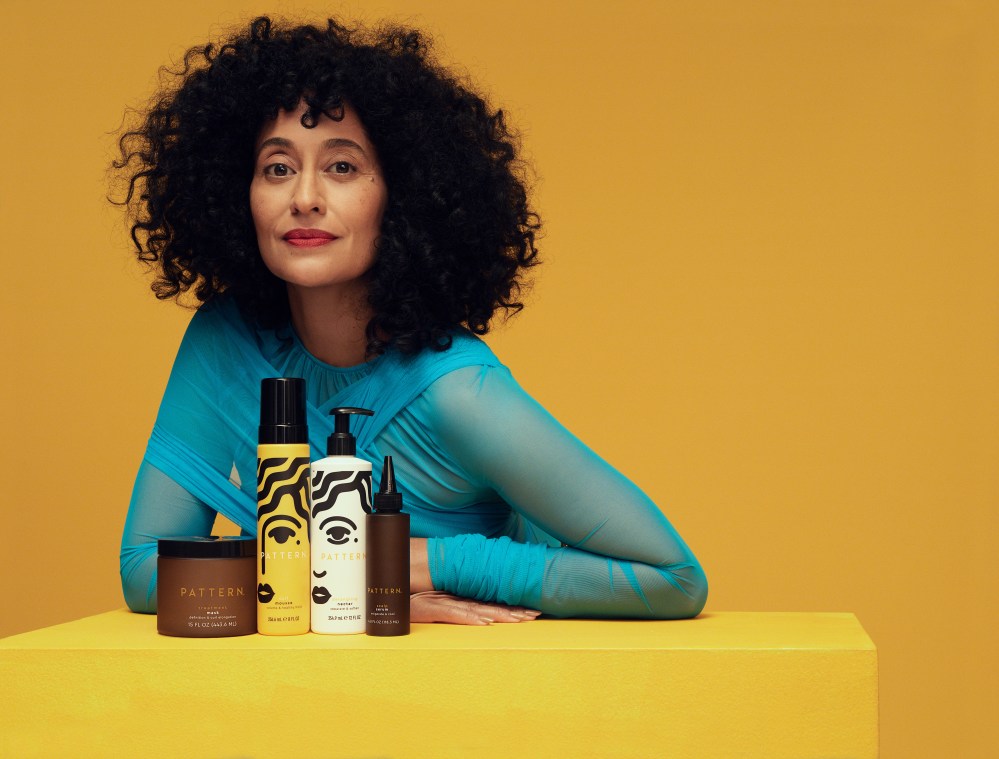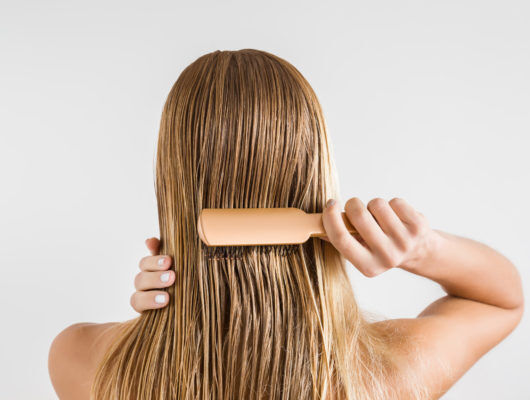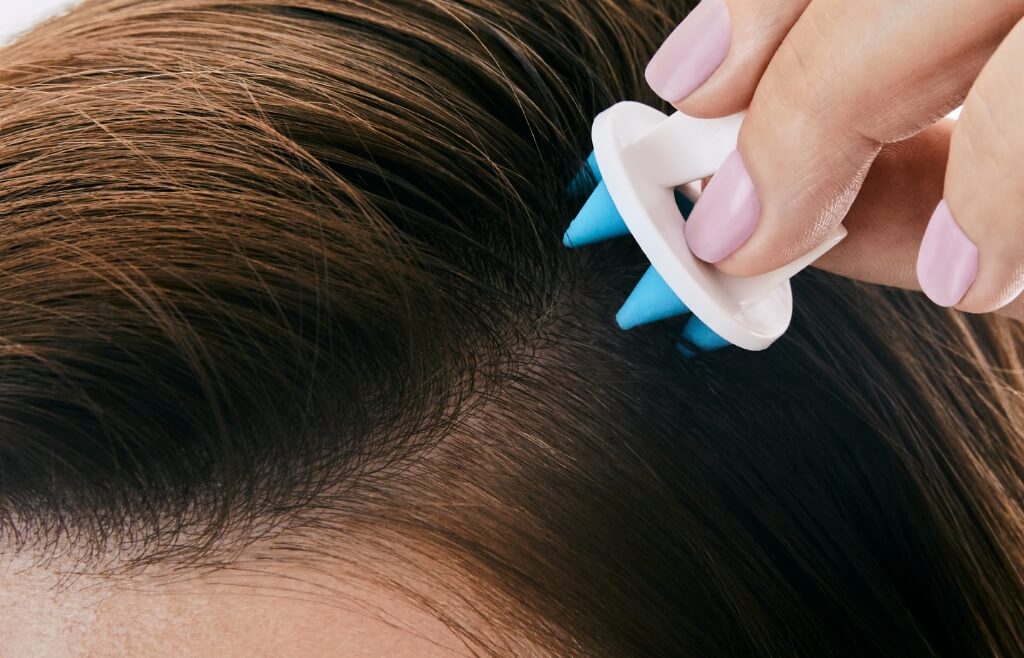If you have low porosity hair, you may have experienced challenges when it comes to moisture retention and overall hair health. But, fret not, as there is a solution that can significantly improve the condition of your hair: pre-pooing. Keep on reading to explore the concept of pre-pooing and how it can benefit individuals with low porosity hair. Whether you’re new to pre-pooing or seeking ways to enhance your existing routine, get ready to discover the game-changing technique that can transform your low porosity hair into luscious, hydrated locks.
Understanding Low Porosity Hair
Low porosity hair refers to hair that has difficulty absorbing and retaining moisture due to the tightly closed cuticle layer. The cuticle is the outermost layer of the hair shaft, consisting of overlapping scales. In low porosity hair, these scales lie flat and compact, creating a barrier that prevents moisture from entering or escaping the hair shaft.

There are several factors that contribute to low porosity hair. One major factor is genetics. Some individuals are naturally predisposed to have low porosity hair because of their genetic makeup. Other factors include excessive use of heat styling tools, overexposure to chemical treatments (such as relaxers or permanent dyes), and environmental damage caused by sun exposure or harsh weather conditions.
Understanding the characteristics of low porosity hair can help in developing an appropriate hair care routine. Low porosity hair tends to appear dull, lacks elasticity, and takes longer to dry compared to hair with normal or high porosity. When water is applied to low porosity hair, it may bead up or sit on the surface instead of being absorbed.
What Is Pre-poo for Hair?
Pre-poo, short for pre-shampoo, is a hair care technique that involves applying a treatment or oil to the hair before washing it with shampoo. The purpose of pre-pooing is to add moisture and nourishment to the hair, as well as to create a protective barrier that helps to minimize the drying effects of shampooing.
This method has been widely adopted by individuals with different hair types, including curly, coily, and textured hair, as it offers several benefits.

Choosing the right ingredients for your pre-poo treatment is crucial to maximize its benefits. The following ingredients are particularly beneficial for low porosity hair:
Natural Oils: Lightweight oils such as jojoba, argan, and grapeseed can effectively penetrate low porosity hair, providing nourishment without weighing it down.
Humectants: Humectants like aloe vera gel, glycerin, or honey help attract moisture to the hair shaft, aiding in hydration during pre-pooing.
Conditioning Agents: Ingredients like coconut milk, yogurt, or a deep conditioner with moisturizing properties can provide intense hydration and improve overall hair health.
Benefits of Pre-Pooing for Low Porosity Hair
Enhanced Moisture Absorption: By creating a lubricating layer on the hair strands, pre-poo treatments help open up the cuticles and improve moisture absorption during subsequent steps of the hair care routine.
Reduced Protein Overload: Low porosity hair tends to accumulate protein-based products easily. Pre-pooing allows you to minimize protein overload by providing a protective barrier against excessive protein absorption.
Increased Elasticity: A well-prepped, moisturized hair strand is more elastic, reducing the risk of breakage and promoting healthier hair growth.
Improved Detangling: Pre-poo treatments soften the hair, making it easier to detangle and reducing the risk of damage or breakage during the process.
How to Pre-Poo: Step-by-Step Guide
Choose Your Pre-Poo Treatment: Select a suitable pre-poo product or prepare a DIY mixture using natural ingredients that cater to low porosity hair.
Section Your Hair: Divide your hair into manageable sections to ensure even distribution of the pre-poo treatment.
Apply the Treatment: Starting from the roots, apply the pre-poo treatment along the length of each section, gently massaging it into the hair strands.
Cover and Wait: Once applied, cover your hair with a shower cap or warm towel to create a gentle heat source, facilitating better product absorption. Leave the treatment on for 30 minutes to an hour.
Rinse and Shampoo: After the pre-poo treatment duration, rinse your hair thoroughly with lukewarm water to remove excess product. Follow up with a gentle shampoo to cleanse your scalp and hair strands.
Continue with Regular Hair Care: Proceed with your regular conditioning, styling, or deep conditioning routine to further nourish and protect your low porosity hair.
Conclusion
Incorporating pre-pooing into your hair care regimen can make a significant difference in maintaining healthy, well-moisturized low porosity hair. By understanding the benefits, selecting the right ingredients, and following a proper application technique, you can enhance moisture absorption, reduce protein overload, improve elasticity, and facilitate detangling. Experiment with different pre-poo treatments to find what works best for your low porosity hair type, and enjoy the remarkable results.










